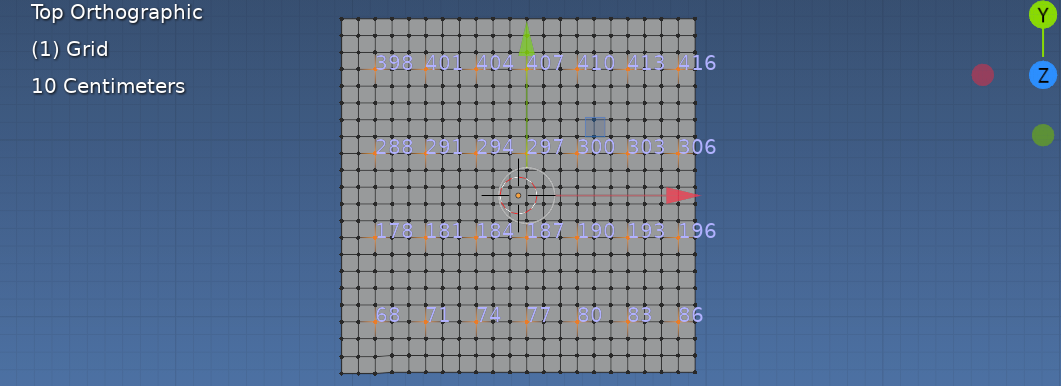If a known mesh can use the index
If the mesh is created from a grid via the operator or a bmesh we know the order of the vertex indices, and how many rows and columns.
In the example in question it appears to be a 22 x 22 vertex grid.

For a default grid, as viewed from top, the bottom left hand corner is index 0, up to 21 along bottom row, 22 to 43 the next row up and so on.
Hence we can use these indices to select using div and mod.
Test script for 22 x 22 vert grid, selecting every fifth row, every third column, starting from row 2 column 4
import bpy
import bmesh
context = bpy.context
me = context.edit_object.data
bm = bmesh.from_edit_mesh(me)
#example in question has 22 x 22 vert grid
rows = 22
cols = 22
# choose every 5 rows, 3 columns
r = 5
c = 3
# offset (eg make (2, 4) == (0, 0)
ro = 2
co = 4
for v in bm.verts:
i = v.index
row, col = i // cols + ro, i % rows + co
v.select = not row % r and not col % c
bmesh.update_edit_mesh(me)
Note the order can be changed using sort.
For example to sort along x
bm.verts.sort(key=lamda v: v.co.x)
for a default aligned xy grid will order up the columns.


